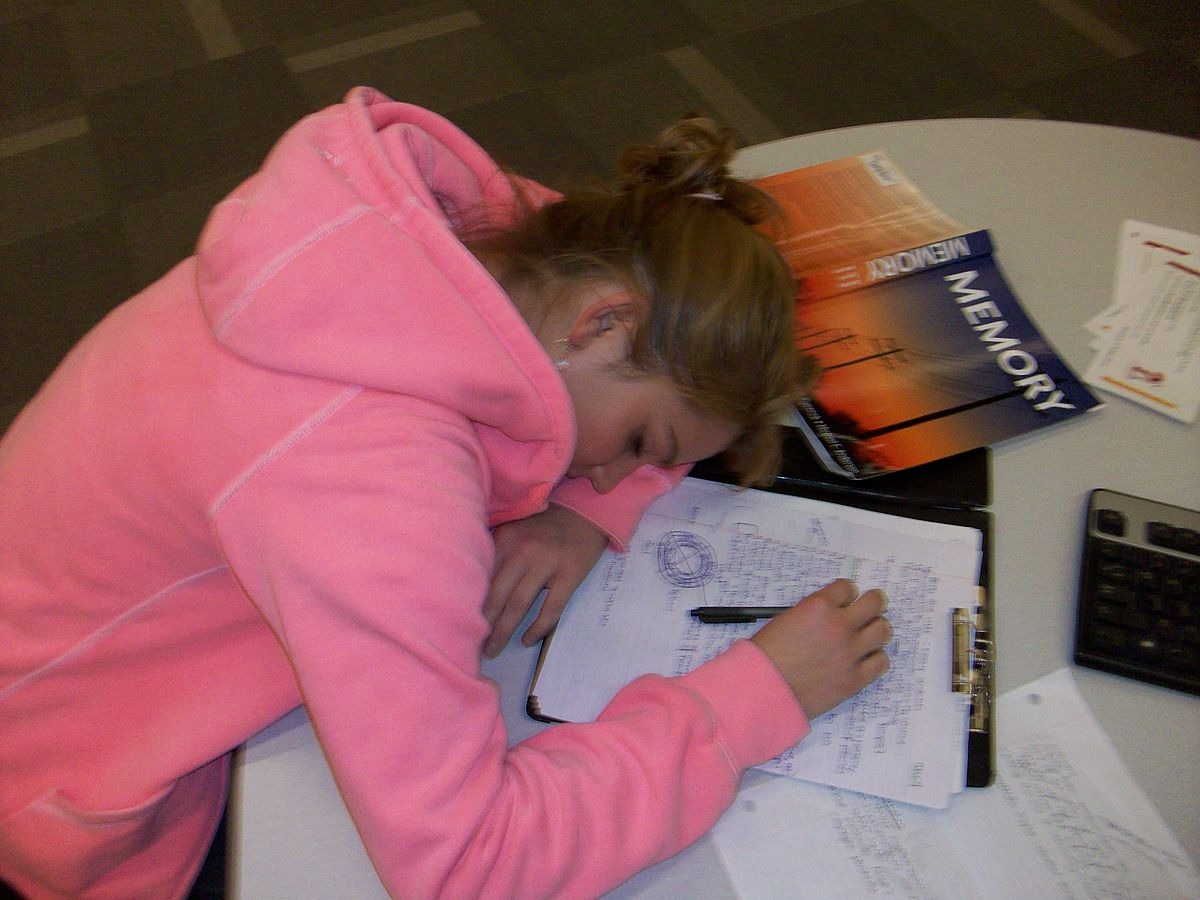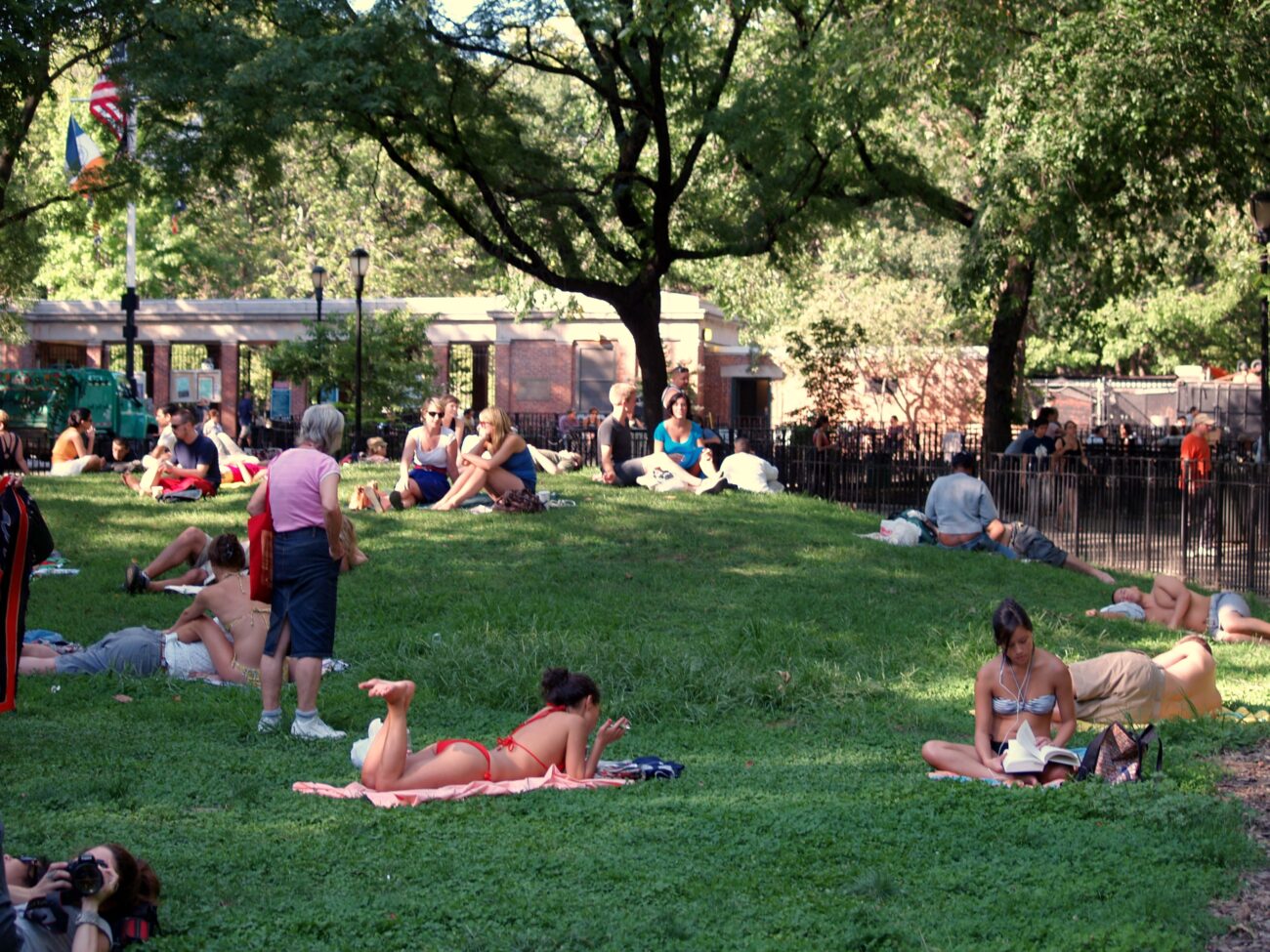Exhausted line cooks sneaking five-minute breaks between orders shouldn’t have to choose between grogginess and fatigue. Non-Sleep Deep Rest (NSDR)—a neuroscience-backed protocol developed by Stanford’s Dr. Andrew Huberman—delivers restoration without the sluggish aftermath that kills momentum during busy shifts.
NSDR combines ancient practices like Yoga Nidra with a modern understanding of how your nervous system actually works. Unlike scrolling TikTok or grabbing another espresso, this technique actively shifts your body into repair mode.
Your Nervous System Gets an Actual Reset
NSDR activates the parasympathetic nervous system, measurably reducing stress hormones while you stay conscious.
When you follow an NSDR session, your heart rate drops, blood pressure decreases, and cortisol levels decline—all while remaining awake. Your brainwaves shift from the frantic beta patterns of service rush into slower alpha and theta frequencies, the same states that promote neuroplasticity and emotional recovery.
Think of it as consciously downshifting your internal engine without turning it off.
Quick NSDR Protocol:
- Find a quiet spot and lie down (or sit comfortably)
- Follow a guided session via YouTube or meditation apps
- Focus on body scanning and intentional breathing
- Stay conscious—no actual sleeping allowed
- Sessions range from 5 minutes (quick reset) to 30 minutes (deep restoration)
Science Meets Ancient Wisdom in Modern Kitchens
Restaurant groups and luxury hotels now integrate NSDR protocol into staff wellness programs as burnout solutions.
This isn’t just meditation rebranded. Research shows NSDR increases dopamine release while enhancing focus and learning retention—crucial for mastering new techniques or maintaining precision during marathon shifts.
The practice delivers rejuvenation that feels equivalent to several hours of restful sleep, according to wellness researchers, though it doesn’t replace actual sleep cycles.
For hospitality workers juggling split shifts or travelers battling jet lag, NSDR offers immediate relief. The technique works because it leverages your body’s natural recovery mechanisms rather than fighting them. Hotels and boutique properties now offer in-room NSDR guides alongside traditional amenities.
The Reality Check You Need
NSDR works for acute fatigue but won’t fix chronic sleep debt or underlying health conditions.
Before starting, know the limitations. People with serious mental health conditions should consult healthcare providers, as altered consciousness states can occasionally surface emotional issues.
NSDR excels at acute stress relief and focus restoration, but it’s not magic—chronic exhaustion still requires actual sleep and addressing root causes.
For overworked food service teams and frequent travelers, though, NSDR offers something rare: scientifically-backed restoration that fits into real schedules.


















